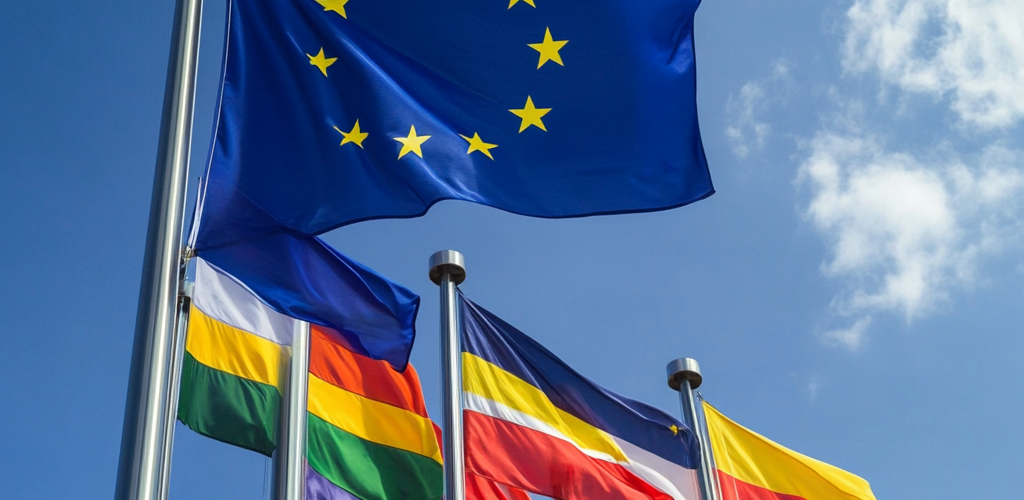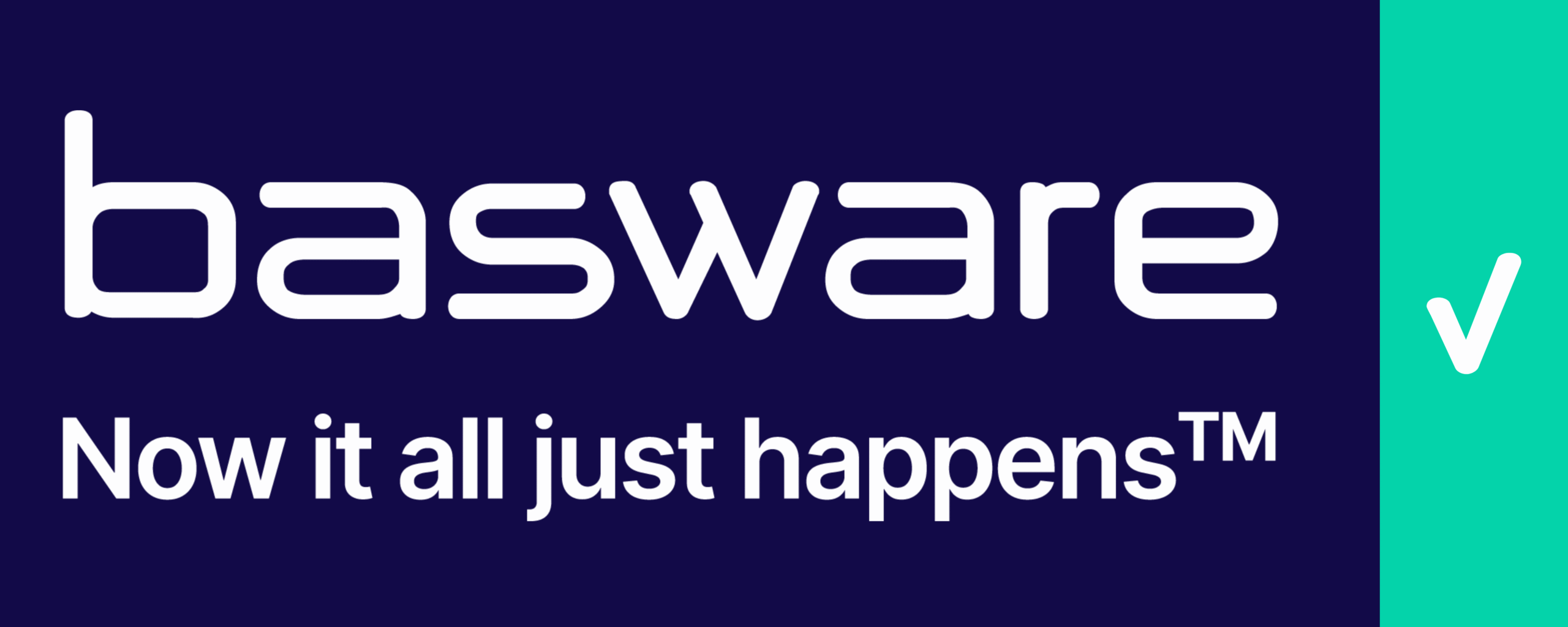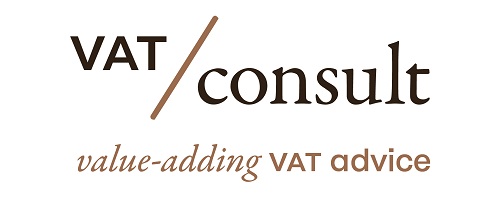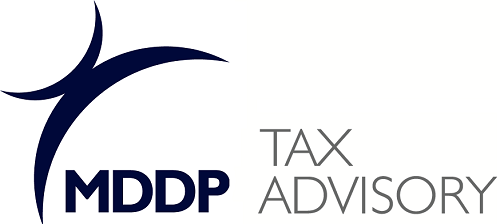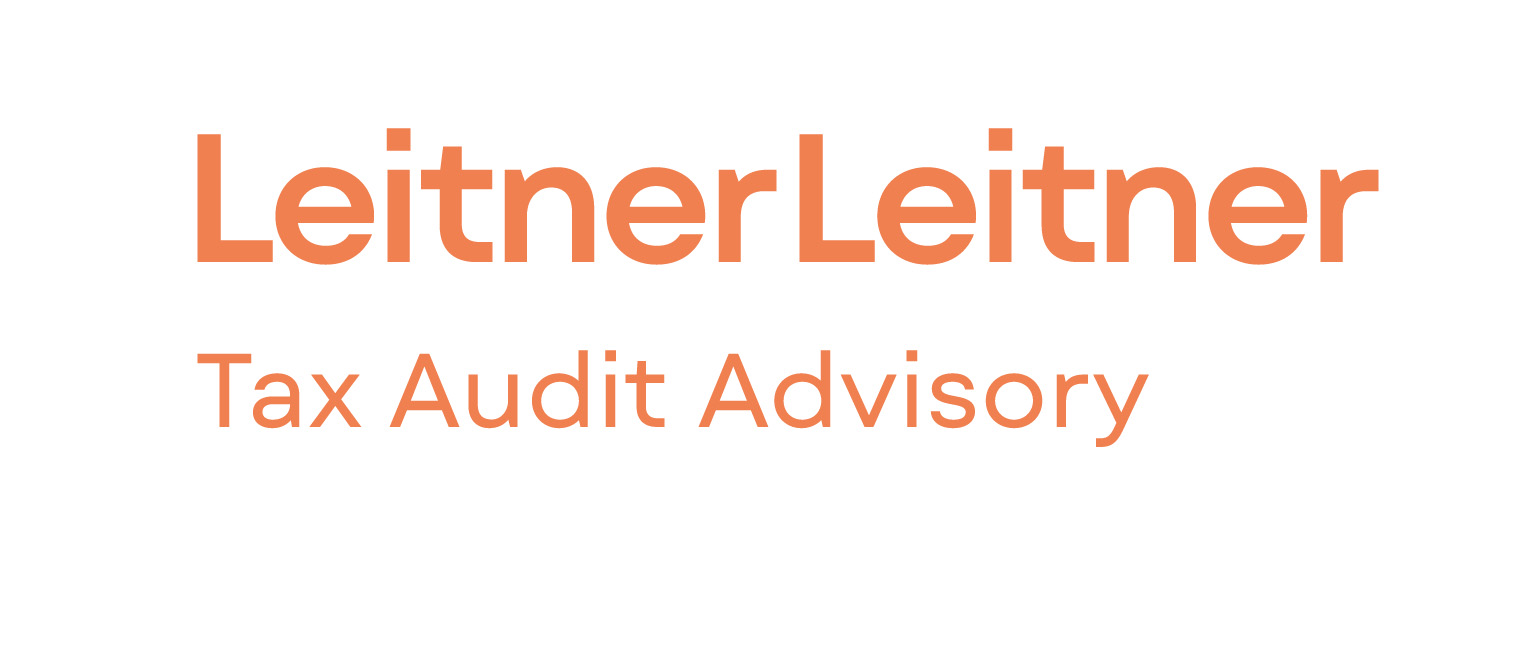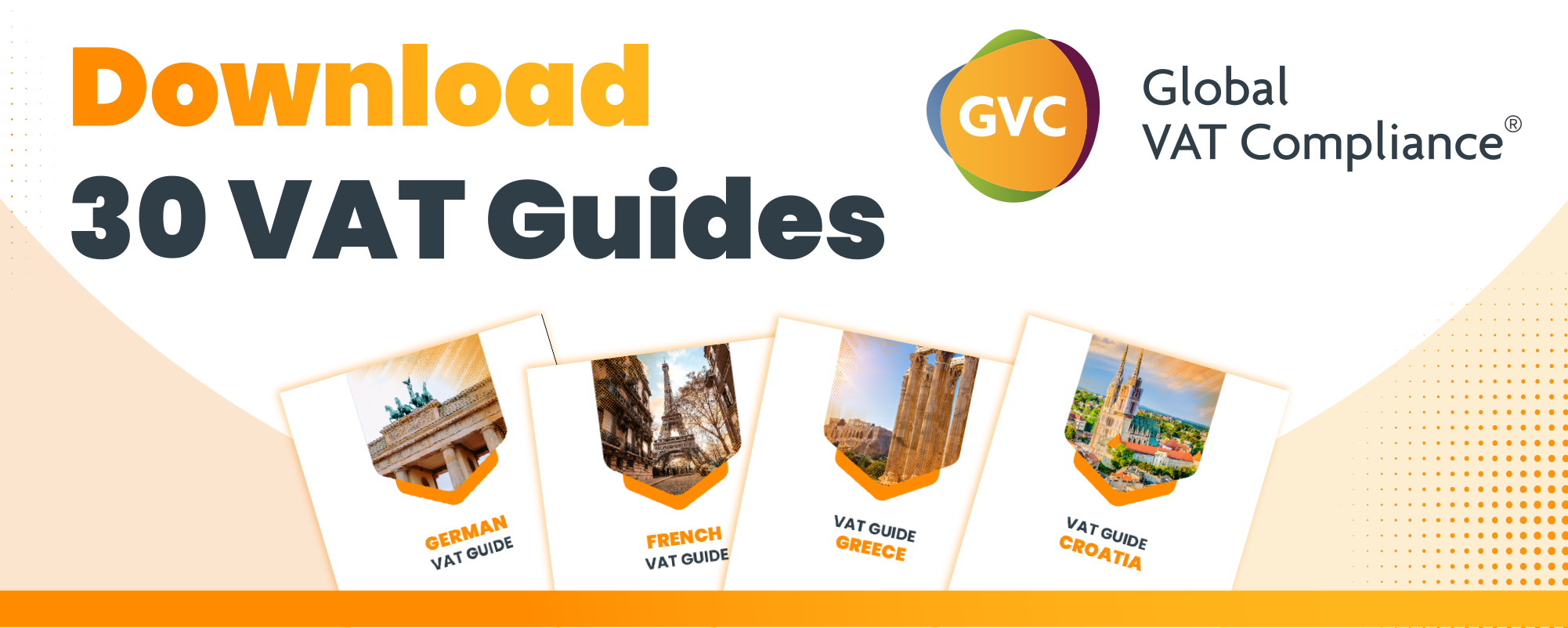Executive Summary:
EN 16931 is the European standard for electronic invoicing, created to ensure interoperability and standardization across EU member states. It defines the semantic data model for the core elements of an e-invoice, promoting efficiency, accuracy, and seamless cross-border trade. The standard is evolving to meet new EU regulations like ViDA, and while initially focused on B2G transactions, it is increasingly important for B2B e-invoicing, with countries like Belgium mandating its use. While EN 16931 provides a core standard, variations exist in the form of CIUS and Extensions, presenting both opportunities for customization and challenges for businesses operating across multiple countries.
Key Themes and Ideas:
- Definition and Purpose of EN 16931:
- EN 16931 is the European standard for electronic invoicing, developed by the European Committee for Standardization (CEN). Its primary goal is to standardize the data model of e-invoices to ensure interoperability between different systems and countries within the EU. It defines the essential data elements of an e-invoice.
- “EN 16931 is the European standard defining the semantic data model for core elements of electronic invoices, ensuring interoperability across systems within the EU.” (EN 16931 E-Invoicing: Study Guide, Questions, and Glossary)
- The standard focuses on “what information every e-invoice must include” and “how that information should be structured for uniform understanding across systems.” (EN16931 Format: UBL Structure & Example for e-Invoicing Compliance)
- EU Directive 2014/55/EU and its Impact:
- The EU Directive 2014/55/EU mandated that all public authorities in EU member states accept and process e-invoices in a common format. This directive directly led to the development and publication of EN 16931.
- “EN 16931 was developed in response to the EU Directive 2014/55/EU, which required all public authorities in EU member states to accept and process e-invoices in a common format.” (EN16931 Format: UBL Structure & Example for e-Invoicing Compliance)
- Components of an EN 16931-Compliant Invoice:
- An EN 16931-compliant invoice includes header information, seller details, buyer details, invoice line items, tax details, totals and summaries, and payment terms and information.
- “Key components of an EN 16931-compliant invoice include header information, seller details, buyer details, invoice line items, tax details, totals and summaries, and payment terms and information.” (EN 16931 E-Invoicing: Study Guide, Questions, and Glossary)
- Each component includes a series of data fields to cover various scenarios. For example, header information may include the invoice number, invoice date, and type of invoice, while seller details include the seller’s name, address, and VAT number.
- Technical Formats (Syntaxes): UBL and UN/CEFACT CII:
- The two primary technical formats approved for implementing EN 16931 are UBL (Universal Business Language) and UN/CEFACT’s CII (Cross Industry Invoice). These are XML-based standards that structure invoice data according to EN 16931’s semantic data model.
- These formats “structure the invoice data according to EN 16931’s rules, enabling automated processing by IT systems.” (EN16931 Format: UBL Structure & Example for e-Invoicing Compliance)
- Peppol Network and its Role:
- The Peppol network is a secure, international e-delivery network used for exchanging business documents, including EN 16931-compliant e-invoices. Peppol uses EN 16931 as the content standard for its invoices.
- “The Peppol network is an international e-invoicing infrastructure that builds its invoice format to comply with EN 16931.” (EN 16931 E-Invoicing: Study Guide, Questions, and Glossary)
- EN 16931 defines the content and structure of an e-invoice, while Peppol is the network used to securely transmit EN 16931-compliant e-invoices.
- CIUS (Core Invoice Usage Specification) and Extensions:
- A CIUS is a country- or sector-specific adaptation of EN 16931 that refines the standard for local requirements, specifying which data elements are mandatory or optional.
- “A CIUS (Core Invoice Usage Specification) is a country- or sector-specific adaptation of EN 16931 that refines the standard for local requirements.” (EN 16931 E-Invoicing: Study Guide, Questions, and Glossary)
- Extensions are variations that expand the scope of EN 16931 with additional data elements not strictly compliant with the standard, catering to specific local or industry needs.
- “Extensions include the core data required by EN 16931, along with additional data to address specific local or industry needs. However, this extra data is not strictly compliant with the standard and can be ignored by companies if both the seller and buyer do not mutually agree to use it.” (Understanding the European Norm 16931 – The Invoicing Hub)
- Benefits of EN 16931 Compliance:
- Key benefits include seamless cross-border trade, higher efficiency and lower costs through automation, improved accuracy, interoperability, faster payments, regulatory compliance, enhanced business credibility, and support for digital transformation.
- “Key benefits of EN 16931 compliance include seamless cross-border trade, higher efficiency and lower costs through automation, improved accuracy leading to fewer errors, interoperability and business agility…” (EN 16931 E-Invoicing: A Comprehensive FAQ)
- Belgium’s B2B E-Invoicing Mandate:
- Effective January 1, 2026, Belgium will require all domestic B2B transactions between VAT-registered businesses to use structured e-invoices in the EN 16931 format, typically exchanged via Peppol.
- “Effective January 1, 2026, Belgium will require all domestic B2B transactions between VAT-registered businesses to use structured e-invoices in the EN 16931 format, typically exchanged via Peppol.” (EN 16931 E-Invoicing: A Comprehensive FAQ)
- EN 16931 and the EU’s “VAT in the Digital Age” (ViDA) Reforms:
- The European standards organization, CEN, is updating the EN 16931 standard to meet the ViDA Digital Reporting proposals, including intra-community e-invoicing.
- “Following the approval of the VAT in the Digital Age reforms, including 2030 intra-community e-invoicing, the European standards organisation, CEN, has been progressing work to amend the EU standard on e-invoicing, EN 16931-1semantic standard.” (EU updates EN 16931 e-invoicing standard for ViDA – vatcalc.com)
- These updates include new core semantic data models for B2B transactions, syntax bindings for CII and UBL, and an extension methodology.
Challenges and Opportunities:
- Challenges: Despite the standardization efforts, complexities remain due to country-specific CIUS and Extensions, which require businesses to adapt to varying national requirements.
- Opportunities: EN 16931 provides a foundation for streamlined, efficient, and accurate financial transactions, supporting digital transformation and facilitating seamless cross-border trade. Adopting EN 16931 not only ensures compliance but also gives businesses a competitive edge.
Conclusion:
EN 16931 is a vital standard for e-invoicing in Europe and increasingly, globally. Understanding its requirements, benefits, and the evolving landscape of e-invoicing is crucial for businesses operating within the EU and beyond. The standard’s impact will only grow as more countries adopt e-invoicing mandates and as the EU’s ViDA reforms come into effect.
Sources
- See also
- Join the Linkedin Group on Global E-Invoicing/E-Reporting/SAF-T Developments, click HERE
- Join the LinkedIn Group on ”VAT in the Digital Age” (VIDA), click HERE
Latest Posts in "European Union"
- Comments on GC T-657/24: VAT exemption for credit intermediation applies when the intermediary searches for and recruits customers
- Recent ECJ/General Court VAT Jurisprudence and Implications for EU Compliance (November 2025)
- Navigating VAT Exemptions: Recent ECJ Judgments and Their Implications for Intra-Community Transactions and Imports
- Review of the VAT treatment of Transfer Pricing adjustments
- EU VAT Rate Changes in 2026: Key Updates for Finland, Lithuania, and Germany


